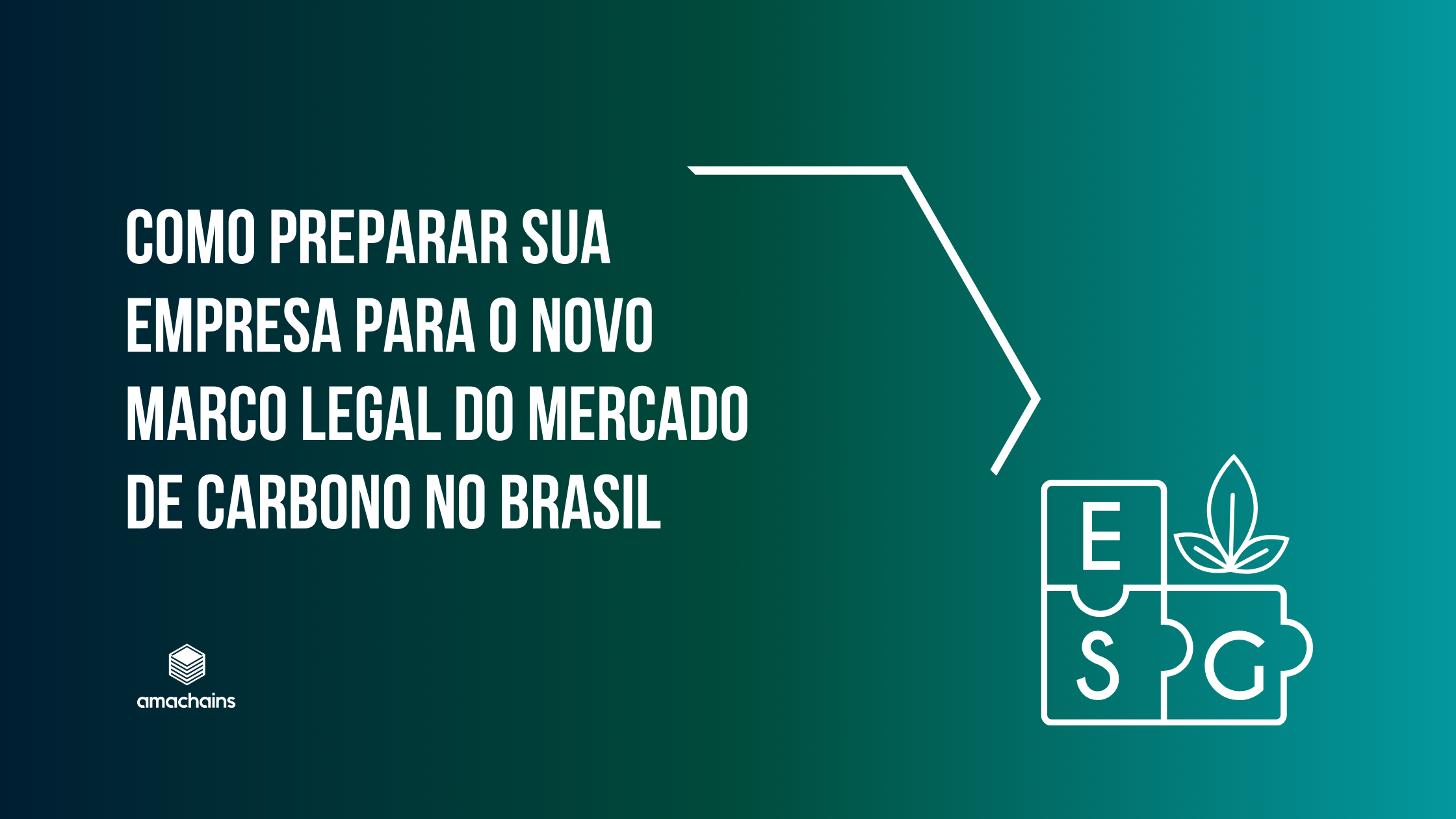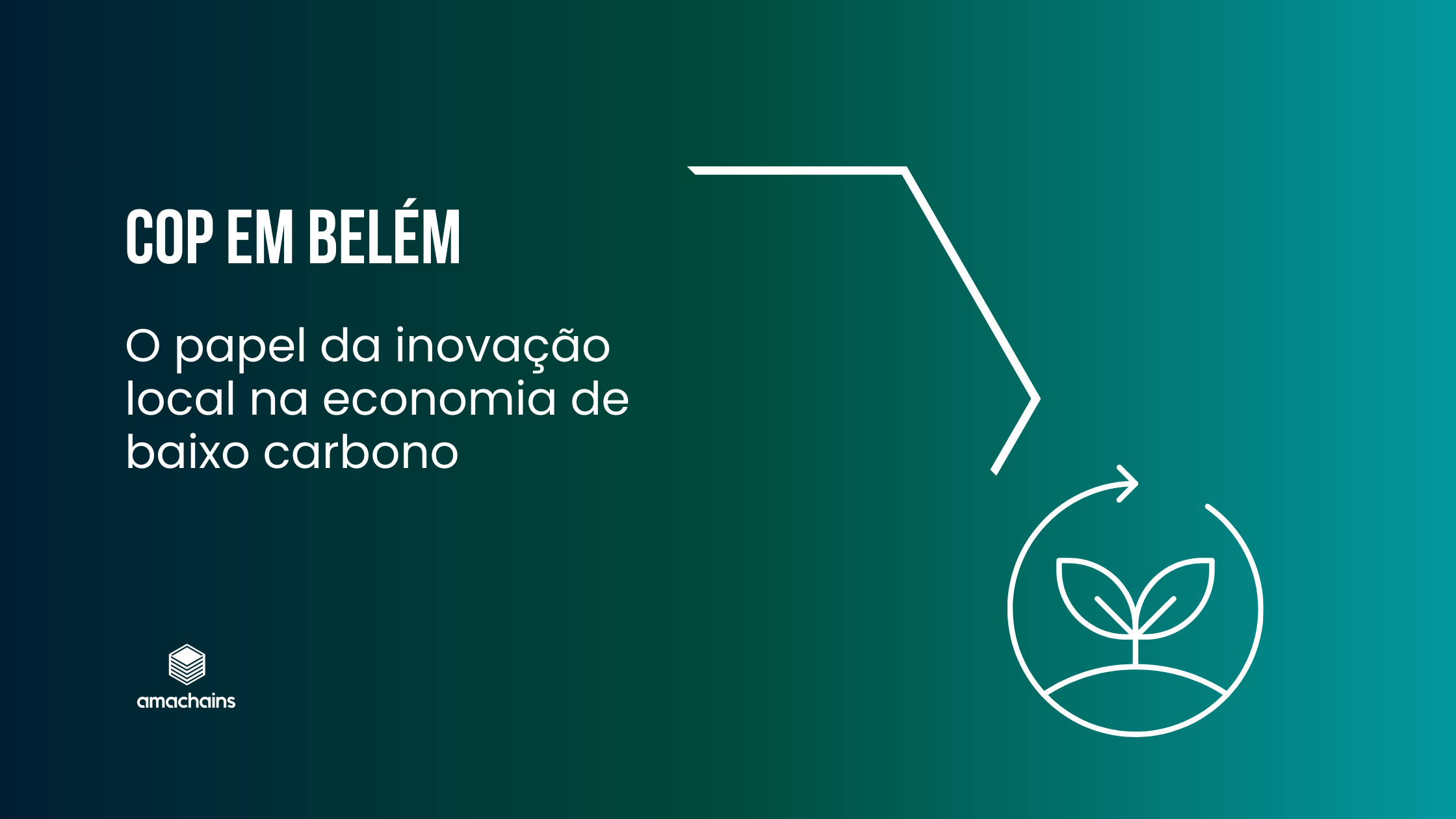ISO (International Organization for Standardization) is a non-governmental organization that develops international standards for a variety of areas, including environmental management and the reduction of greenhouse gas (GHG) emissions. In the context of greenhouse gas (GHG) emissions, ISO standards play a key role in promoting sustainable practices and reducing these emissions.
The ISO standards that are relevant to GHG and carbon emissions are:
- ISO 14064: international technical standard that establishes principles and requirements for the quantification, monitoring and reporting of GHG emissions.
- ISO 14065:2013: establishes the requirements for bodies that carry out the certification of GHG emission reduction projects.
- ISO 14066:2011: establishes the requirements for verifying the compliance of GHG emission reduction projects with ISO 14064 standards.
- ISO 14040:2006: establishes the principles and general requirements for carrying out environmental life cycle assessments (LCA).
- ISO 14044:2006: establishes the requirements and guidance for carrying out environmental life cycle assessments (LCA).
- ISO 14050:2012: establishes the terms and definitions used in environmental life cycle assessments (LCA).
- ISO 14067:2018: establishes the requirements for the quantification and communication of greenhouse gas (GHG) emissions and GHG removals by carbon uptake of products throughout their life cycle.
- ISO 26000:2010: establishes guidelines for the socio-environmental responsibility of organizations.
There are several other technical standards, regulations and laws around the world that deal with the issue of GHG (Greenhouse Gases), Methane and Carbon, many of which are specific to certain sectors or regions. Therefore, it is necessary to check the specific regulations in each country and state to ensure compliance with the applicable general standards. Below are some more examples:
- Kyoto Protocol: international agreement that establishes GHG emission reduction targets for developed countries.
- Paris Agreement: international agreement that sets GHG emission reduction targets for all countries and establishes a global action plan to deal with climate change.
- IPCC – Intergovernmental Panel on Climate Change: group of experts that assess the state of science related to climate change, including greenhouse gas emissions.
- Law No. 9,605/1998 (Brazil): Provides for criminal and administrative sanctions arising from conduct and activities that are harmful to the environment, including the emission of polluting gases.
- Clean Air Act (USA): United States federal law that regulates emissions of air pollutants, including methane.
- Directive 2003/87/EC (Europe): European Union directive establishing a GHG emissions trading system.
- CONAMA Resolution No. 436/2011 (Brazil): Establishes criteria for the environmental licensing of projects that emit greenhouse gases.
- Climate Change Act (UK): sets a legal target to achieve net zero GHG emissions by 2050.
- National Greenhouse and Energy Reporting Act (Australia): law that requires companies to report their GHG and energy emissions.
- ABNT NBR 16.725 Standard (Brazil): Defines the criteria for verifying greenhouse gas emissions inventories, including Methane and Carbon.
- The Climate Change Response (Emissions Trading) Amendment Act (New Zealand): law that establishes a GHG emissions trading system to help reduce emissions.
- Sectoral Plan for Mitigation and Adaptation to Climate Change for the Consolidation of a Low Carbon Economy (ABC Plan – Brazil): Decree 7,390, of December 9, 2010.
- Methane Regulation (US): Regulates methane emissions in several sectors, including oil and gas, mining, and agriculture.
- CO2 Emissions Regulation (China): regulates CO2 emissions in various sectors and sets reduction targets for companies.
The importance of these standards and legislation lies in their regulatory power, as by establishing emission reduction targets, they encourage companies and individuals to adopt more sustainable practices, technological innovations and to seek cleaner alternatives for their activities, in addition to ensuring that these practices are complied with.








